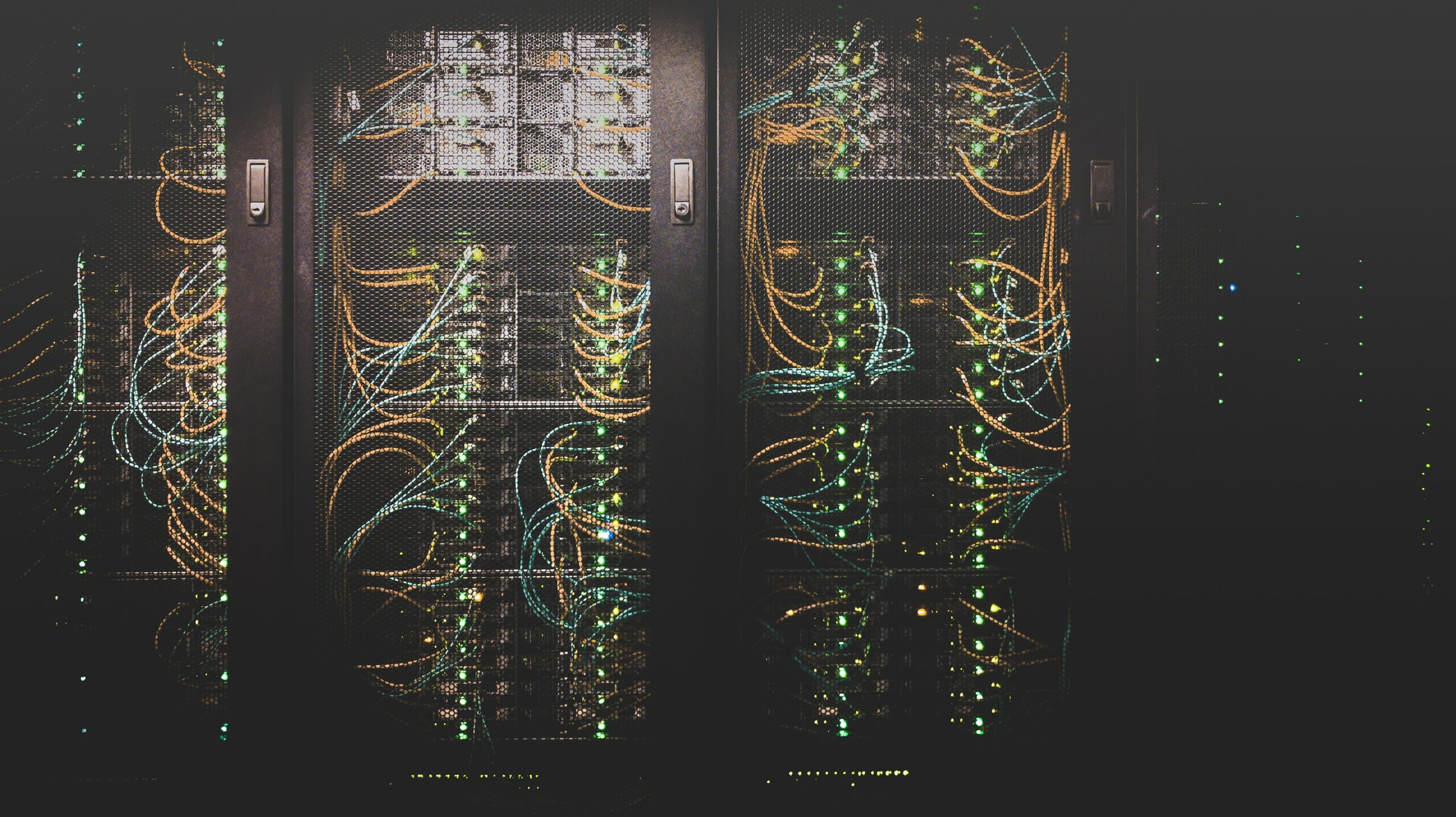Data centers provide crucial computing power and storage to businesses across the globe. Historically, they have been large, centralized facilities, but as demand for faster and more reliable access to data continues to increase, the need for distributed computing infrastructure has grown. Edge data centers were developed to fulfill this need.
What Are Edge Data Centers?
Edge data centers are smaller, localized facilities designed to bring computing infrastructure closer to end users. Unlike traditional data centers, which are typically located in commercial areas, edge data centers are situated closer to the source of data and the users who need it. They are often found in populous areas, where traditional data centers are not feasible.
Why Do Edge Data Centers Matter?
Edge data centers are becoming increasingly common for several reasons. Perhaps most importantly, they offer improved latency, which is essential for applications like real-time gaming or financial trading. Businesses can bring computing power closer to end users, reducing latency and improving overall service performance.
Edge data centers also offer greater infrastructure flexibility and scalability. Because they are smaller and more modular than traditional data centers, they can be deployed more quickly and easily, allowing businesses to scale up or down as needed.
Can Edge Data Centers Replace Centralized Data Centers?
While edge data centers are a valuable tool for infrastructure providers and businesses that need computing power close to customers, they cannot replace centralized data centers entirely.
Traditional data centers offer economies of scale that decentralized data centers cannot match. Because data centers consolidate computing power and storage in a single location, they achieve greater efficiencies and lower costs per unit of computing power.
Additionally, modern businesses generate massive workloads that can only be supported by large facilities. With the rise of big data and the Internet of Things (IoT), demand for storage and computing power is growing exponentially. Only large, centralized facilities have the scale and resources to handle massive computational and data storage requirements. The need for serious computational power is only going to grow as AI and machine learning applications proliferate.
A centralized data center also offers a level of redundancy and resilience that smaller satellite data centers cannot match. Multiple redundant systems guarantee that there is no single point of failure, reducing the risk of downtime and ensuring business continuity. In contrast, equipping large numbers of edge data centers in remote or populous areas with redundant power and connectivity is expensive and technically challenging.
Although we are likely to see the use of edge data centers increasing to serve the needs of latency-sensitive applications, they will continue to complement rather than replace traditional data centers. There is no substitute for a large data center, located close to major bandwidth carriers, with redundant power and cooling to support the server colocation and cloud hosting requirements of businesses of all sizes.
